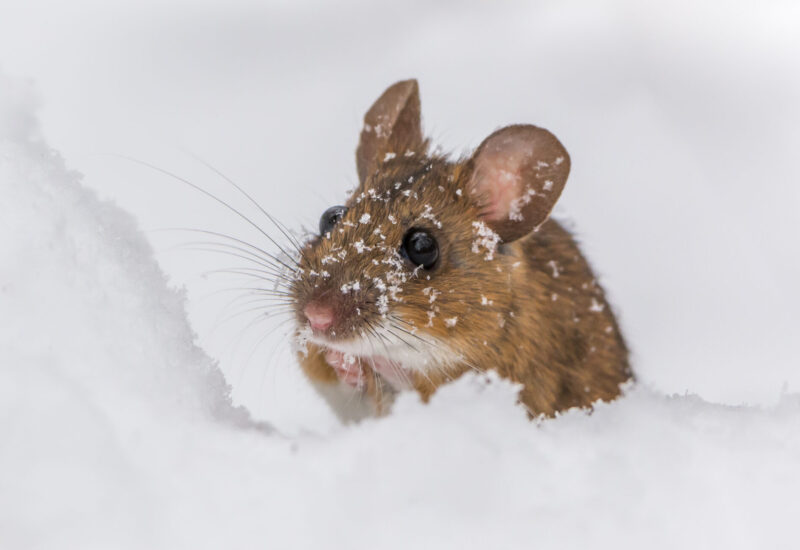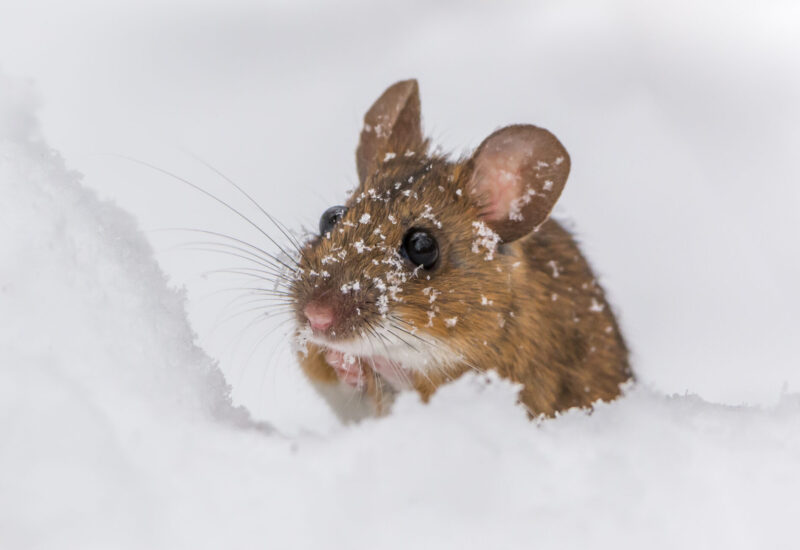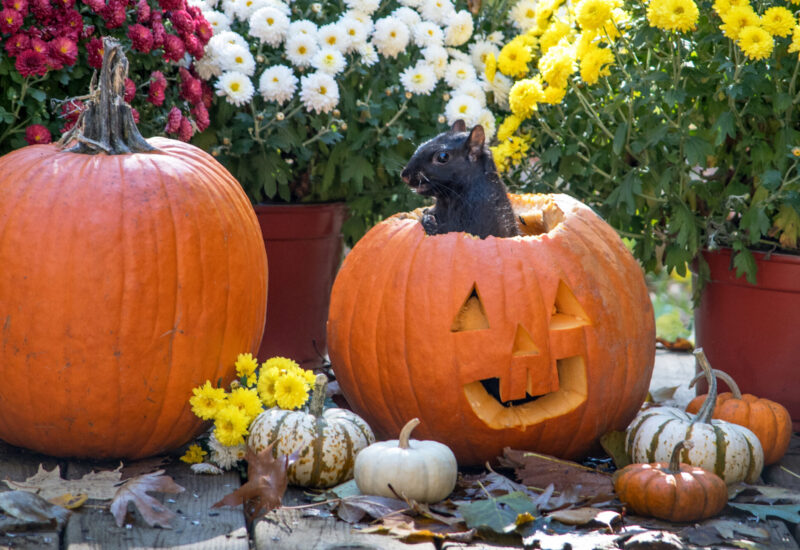Rodent Damage & How to Identify It
Spotting a Rat Can be a Scary Surprise, But It May Also Turn Out to Be Expensive
Whether you’re a homeowner or a business owner, coming across rat droppings can be enough to send you into panic mode.
Rightly so, because rats and other rodents can cause serious issues to buildings and structures, and repairing the damage can be quite costly.
Droppings, gnaw marks, and partially eaten food are only a few of the headaches rats can create. Check out this quick checklist of different types of rodent damage that can happen, and the best ways to properly identify damage and prevent it in the future:
-
Thermal Insulation
While chewing on insulation doesn’t sound appealing to us, rats will chew through insulation in walls, crawl spaces, and attics.
When this happens, you can expect hot air to escape during the winter and cold air to release during the summer —both of which will cause an increase in your heating and cooling costs.
Gnawing on insulation will also help keep their teeth sharp, ensuring further damage.
-
Foundation
Damage to your foundation can be a costly nightmare, especially if you ever want to sell your property.
Rats that burrow beneath your home or building can cause structural integrity issues to the foundation, including shifts in pipes, windows, and interior walls.
-
Roofing
Leaky roof? It might not be your shingling; the eaves in your roof can be a tasty meal for rodents such as the black rat, and it also gives them an entry point to gain access to your home or office.
Repairing damage of this extent can take a serious toll on your wallet. At the first sign of a leak, or a suspected unwanted visitor, contact a pest professional for an inspection.
-
Wiring
Much like insulation, rats will chew through wiring.
Not because they want you in the dark; this is another method used to keep their teeth sharp. Chewing is one of a rat’s favorite hobbies.
-
Plumbing
Once a rat has made a feast out of your eaves, food, and cabinets, they will be quite thirsty.
This leaves your plumbing susceptible to the rodent. Yes, it’s true: they have been known to chew through plumbing in order to find a water source.

If you suspect you have a rat issue, begin by checking the exterior of your building. Rats tend to take the same route in and out, which can mean a path with markings of wear and tear.
You may also find that they have turned your wood pile or flower beds into a nest for themselves and their family. Depending on the size of the rat colony, the unwanted visitors could go unnoticed. Droppings, unexplained greasy residue on walls or floorboards, paper scraps, or small pieces of wood in unexplained places can be indications of rats.
For a free thorough inspection of your home or business — and the right remedy to repair it — contact our pest control experts today.






